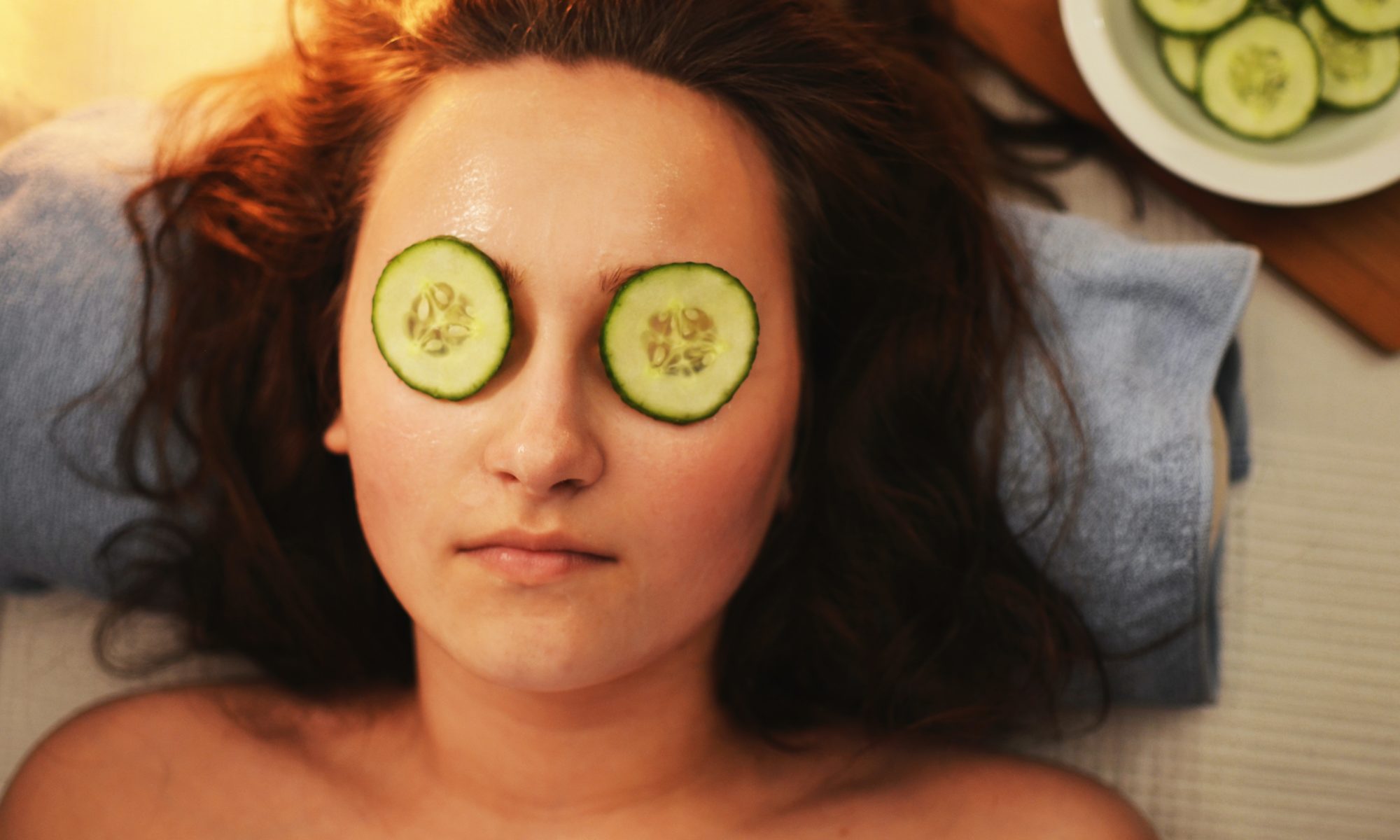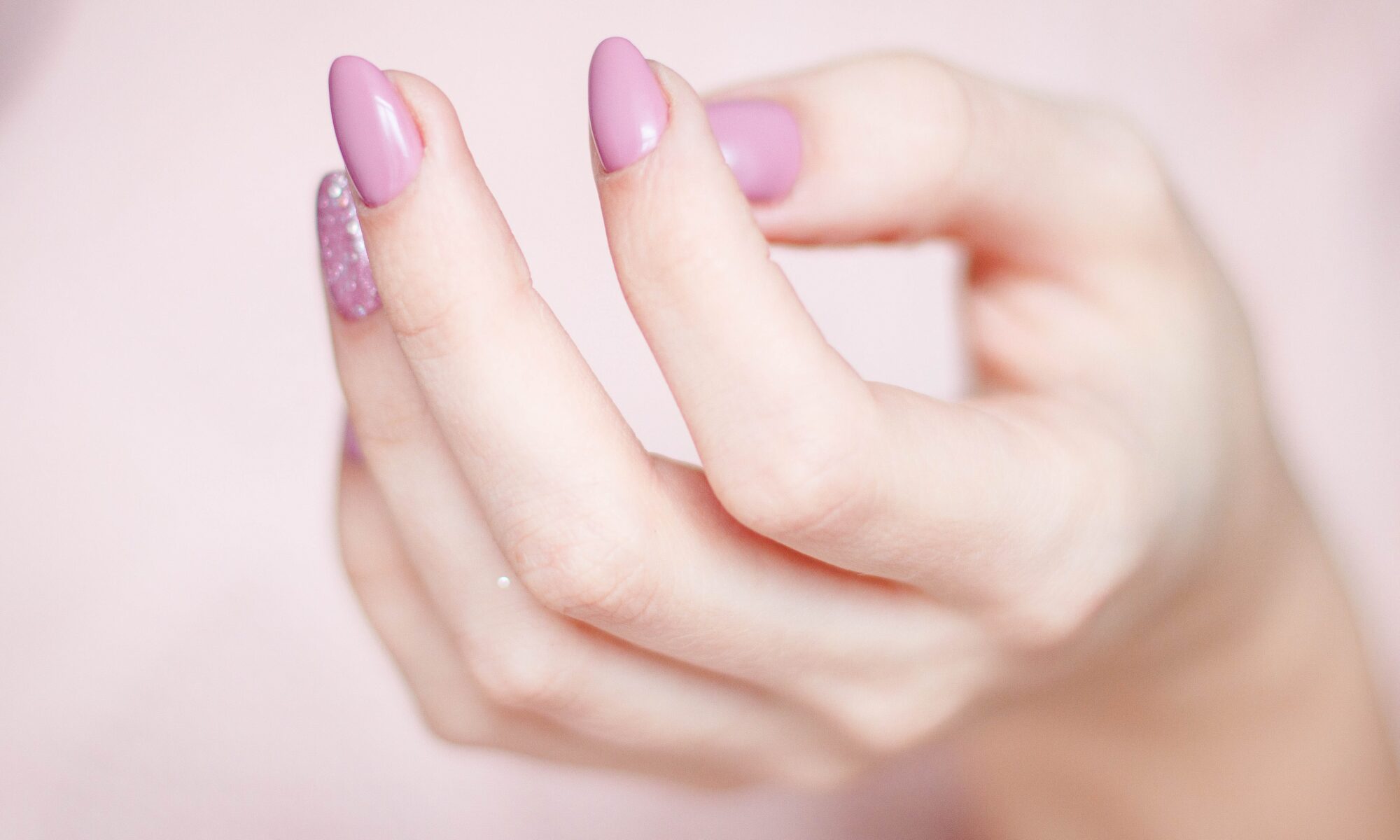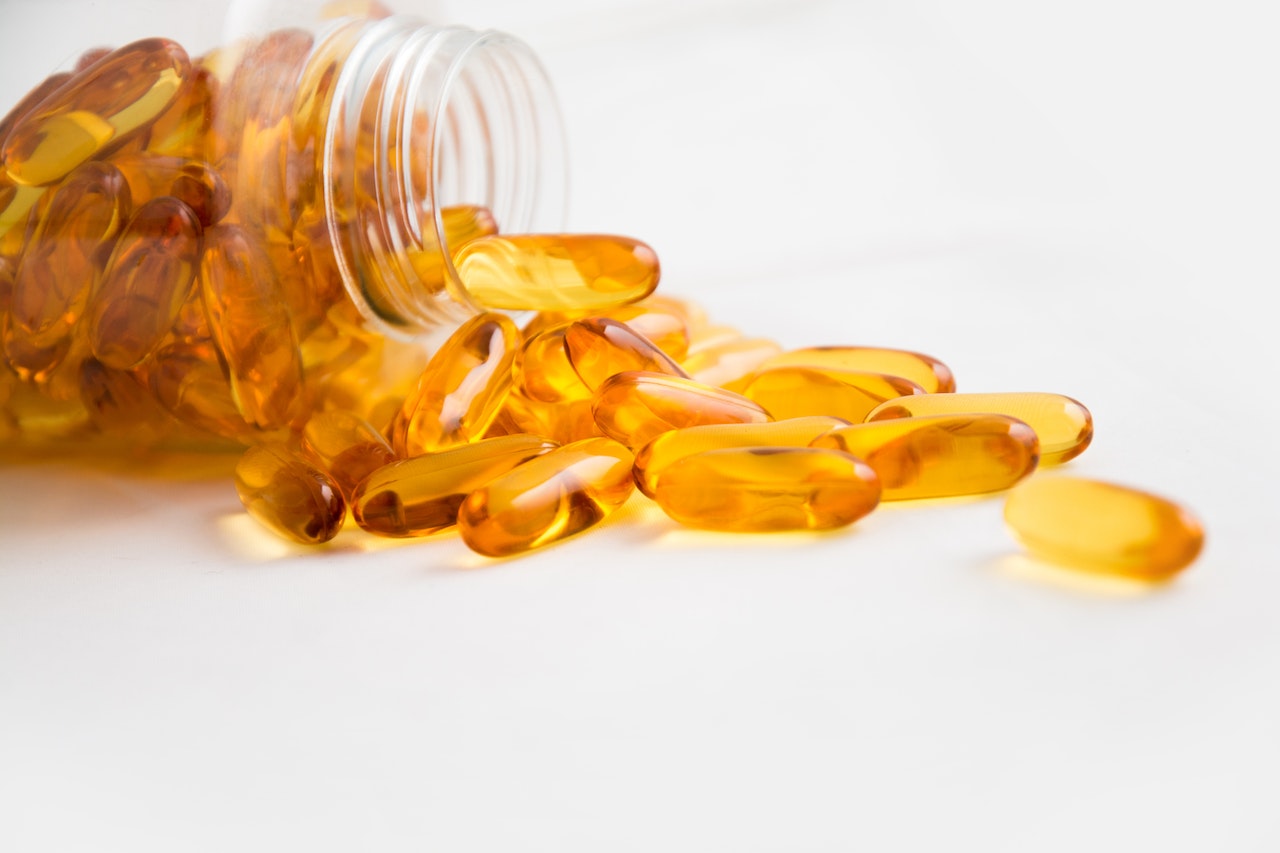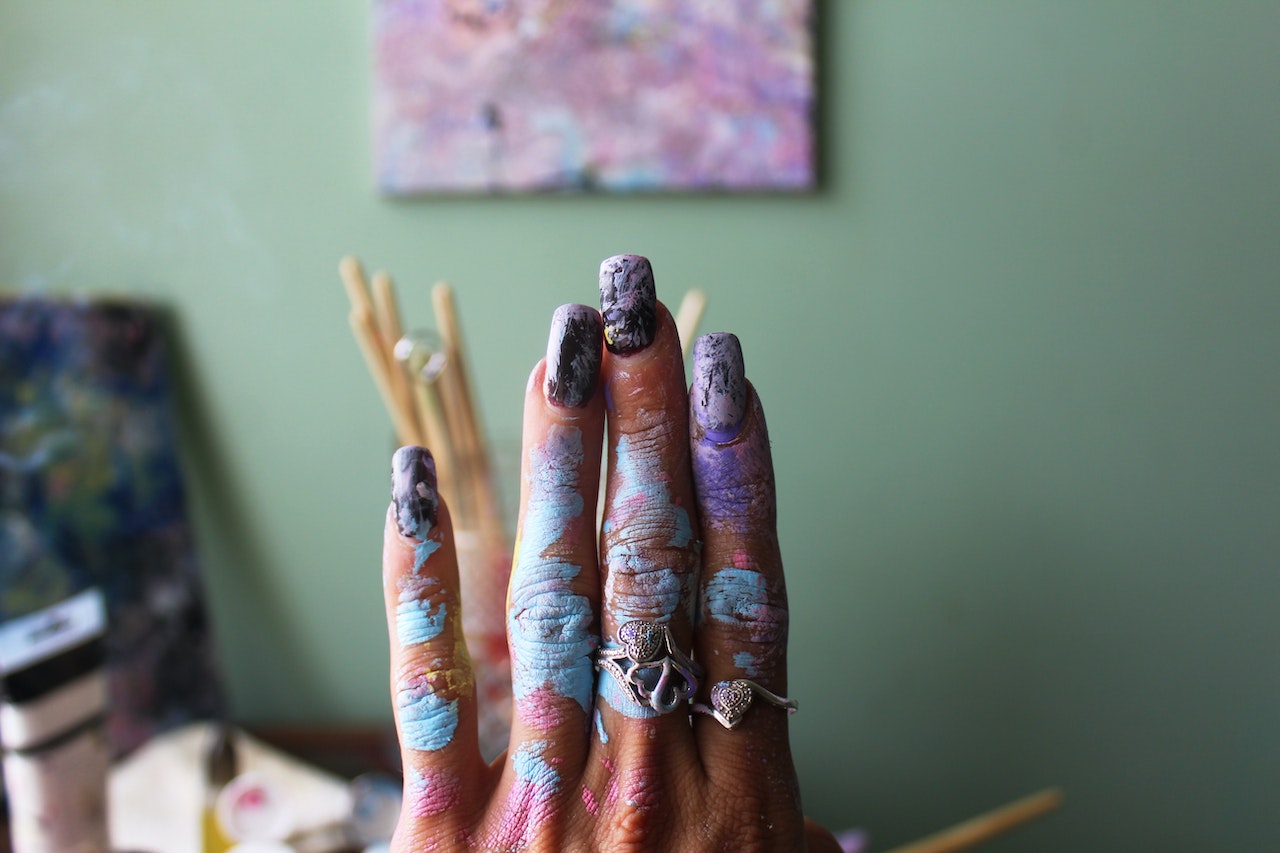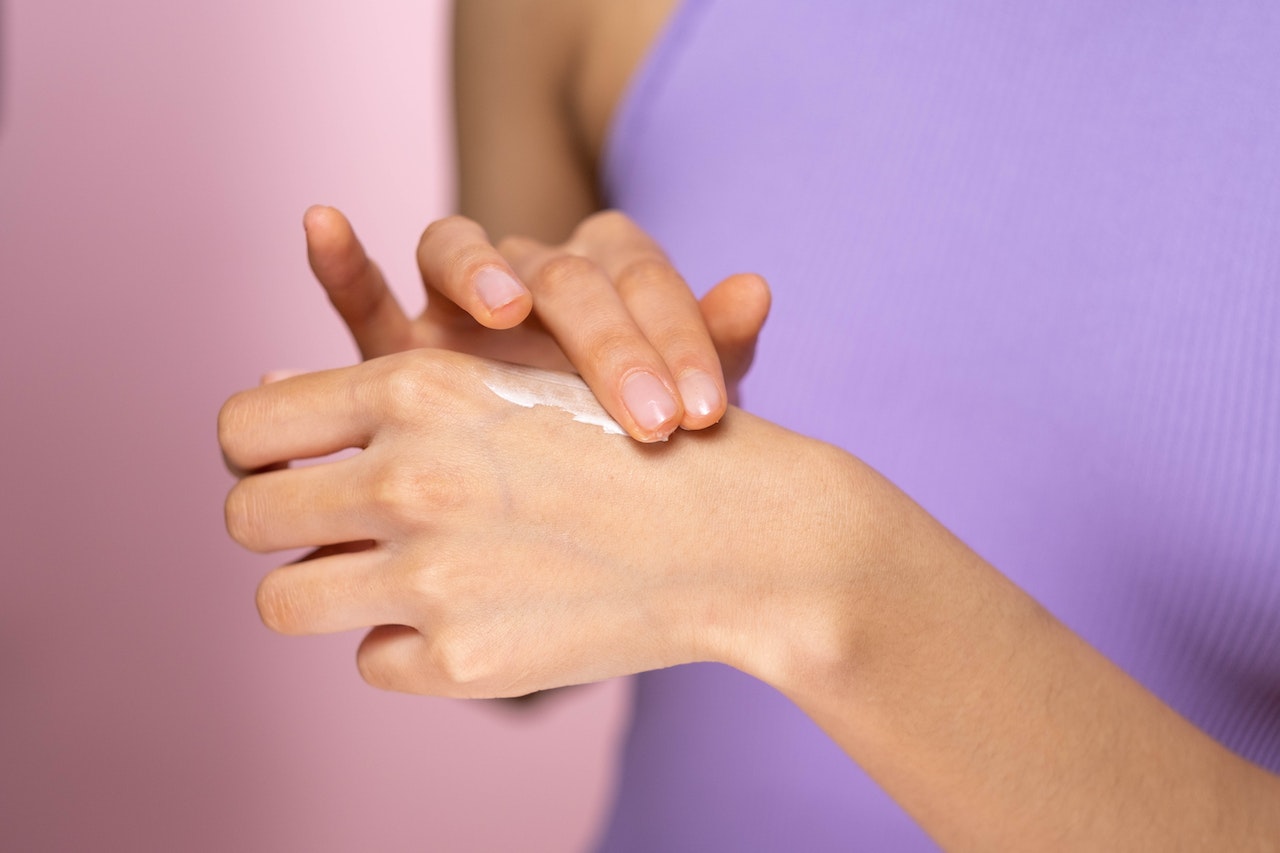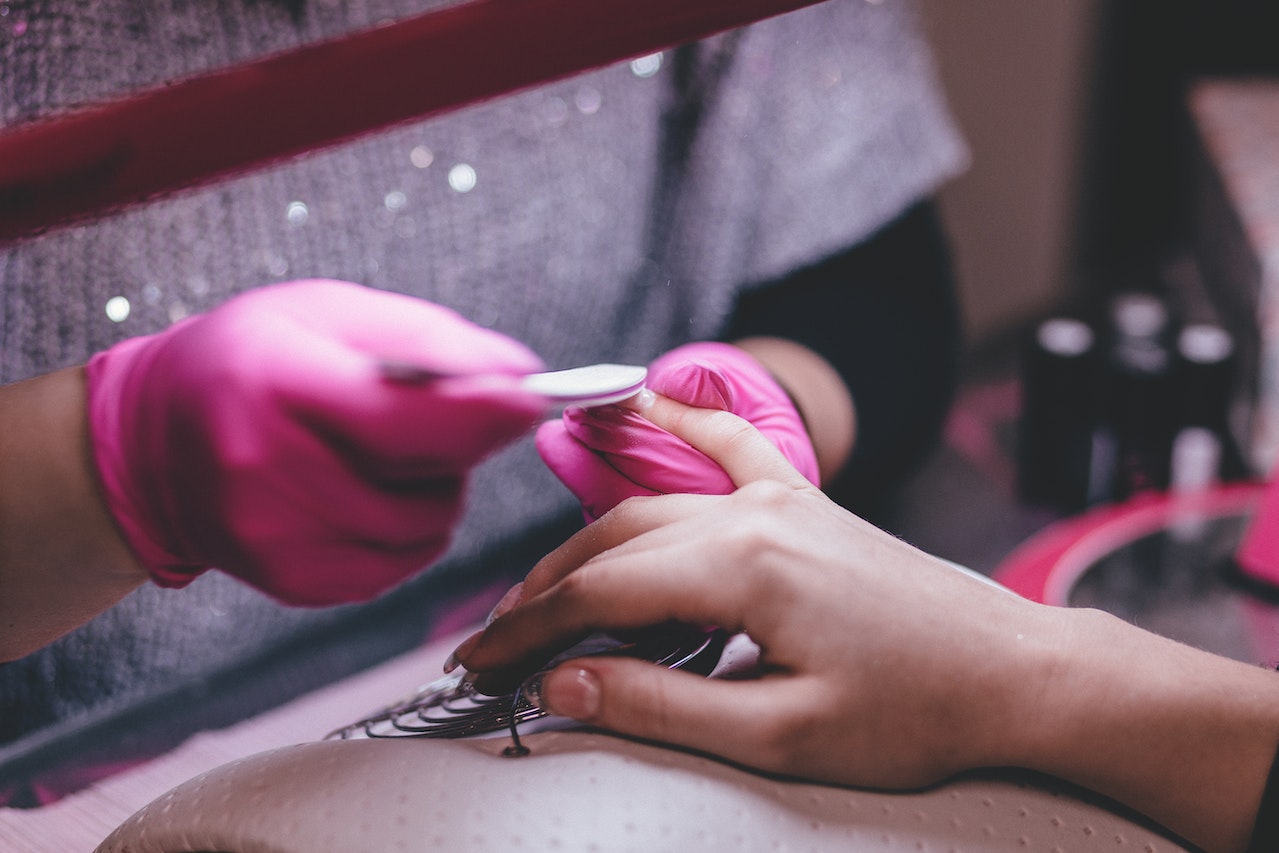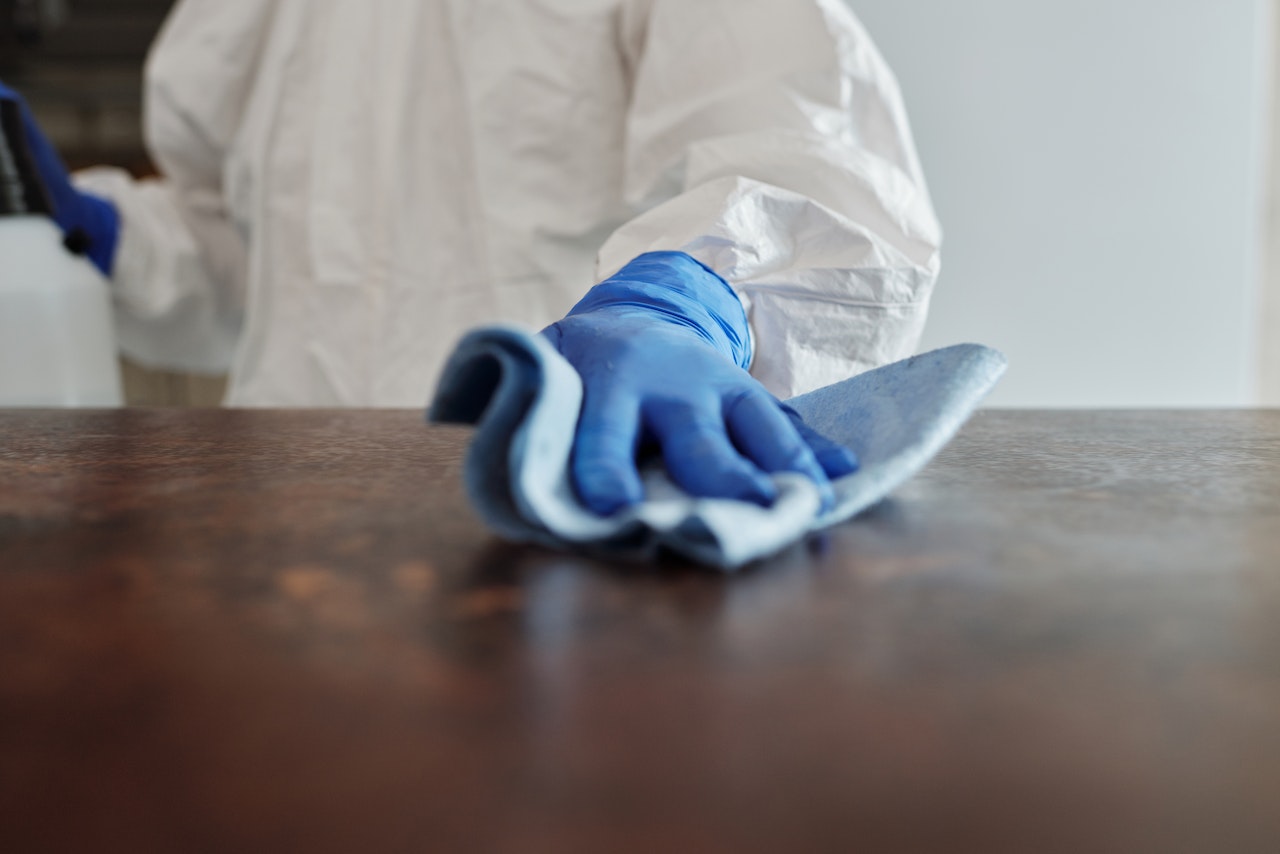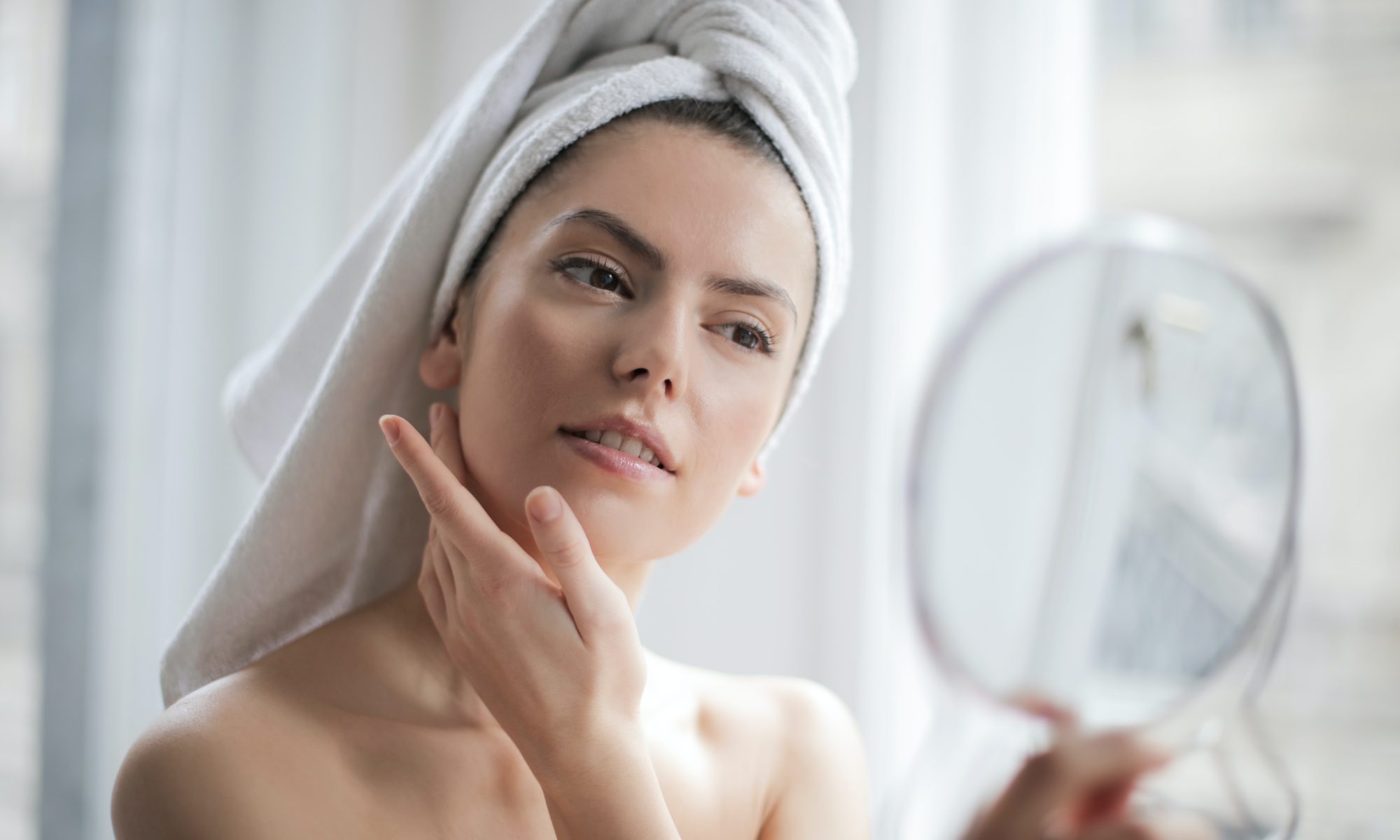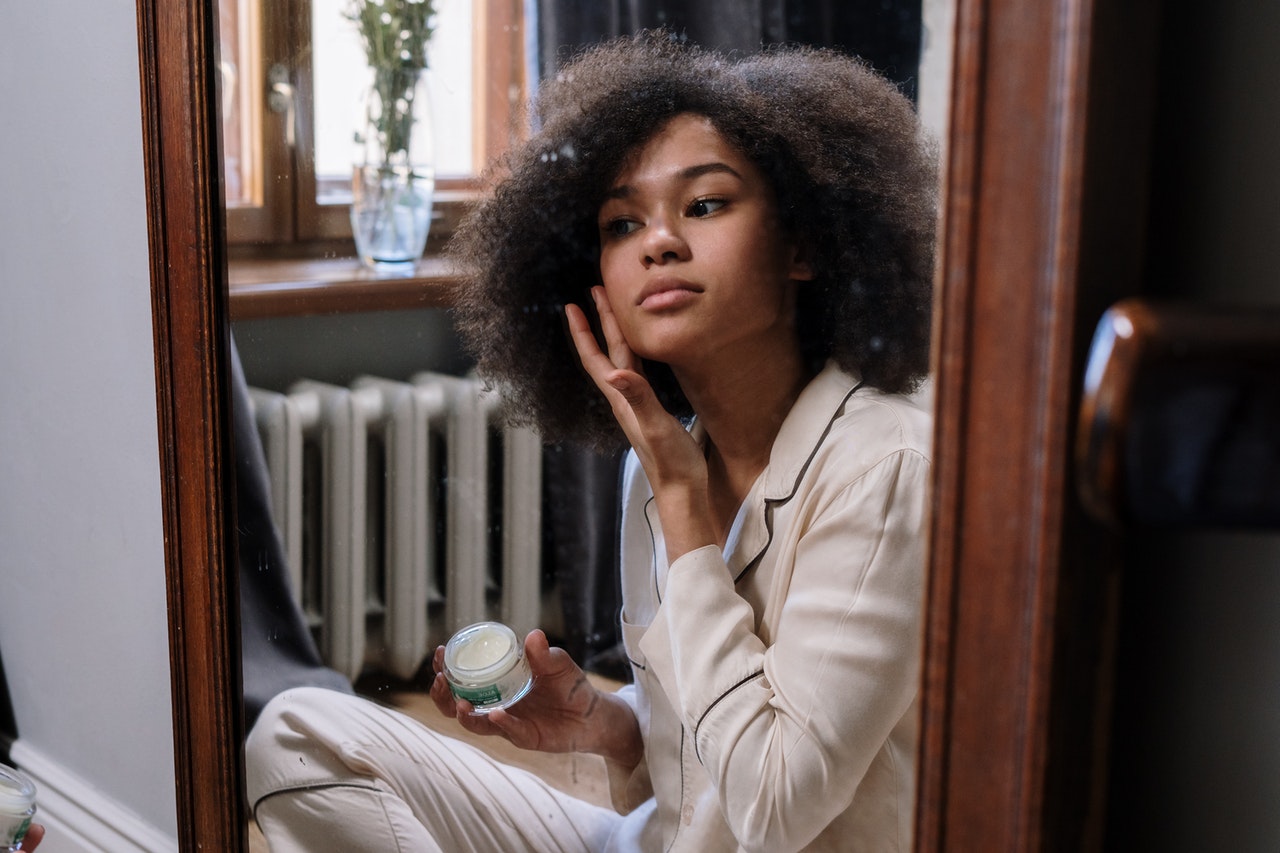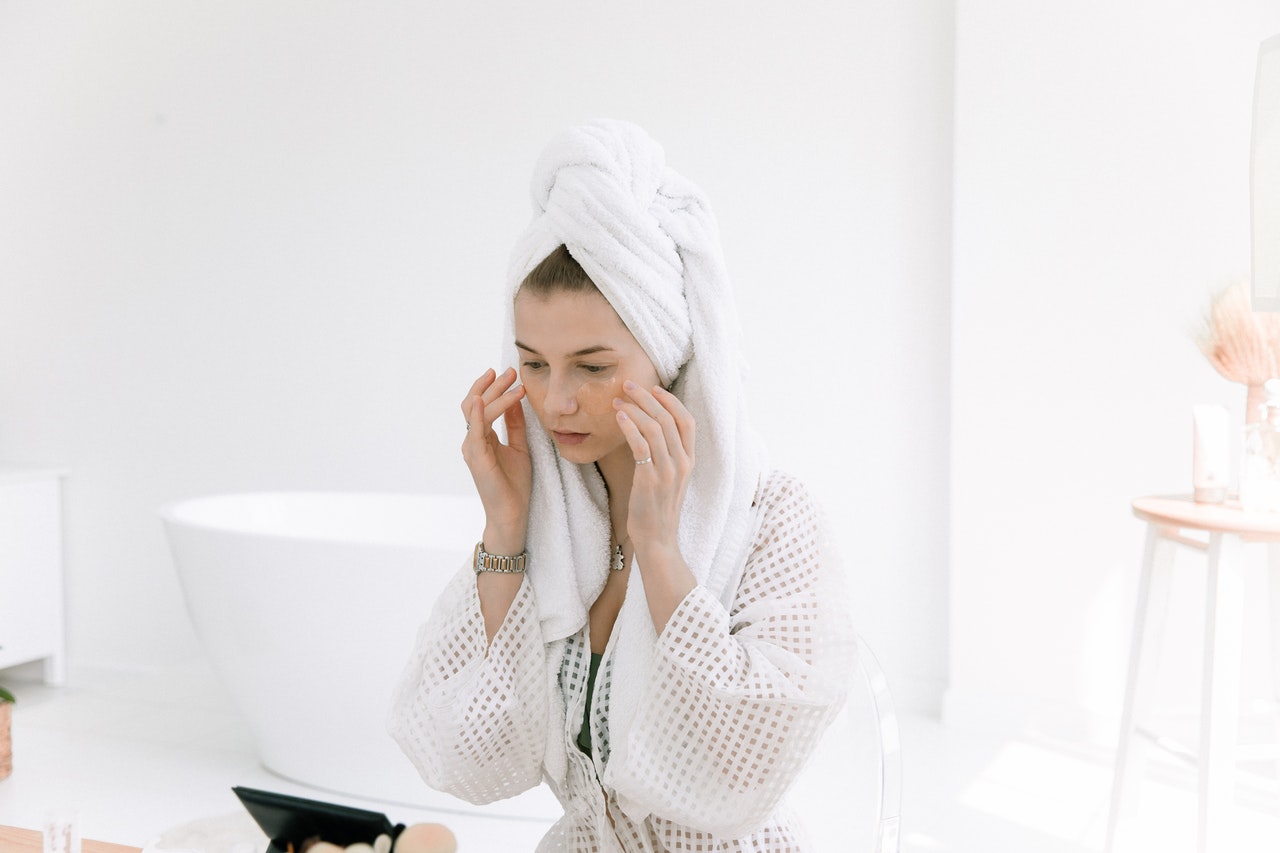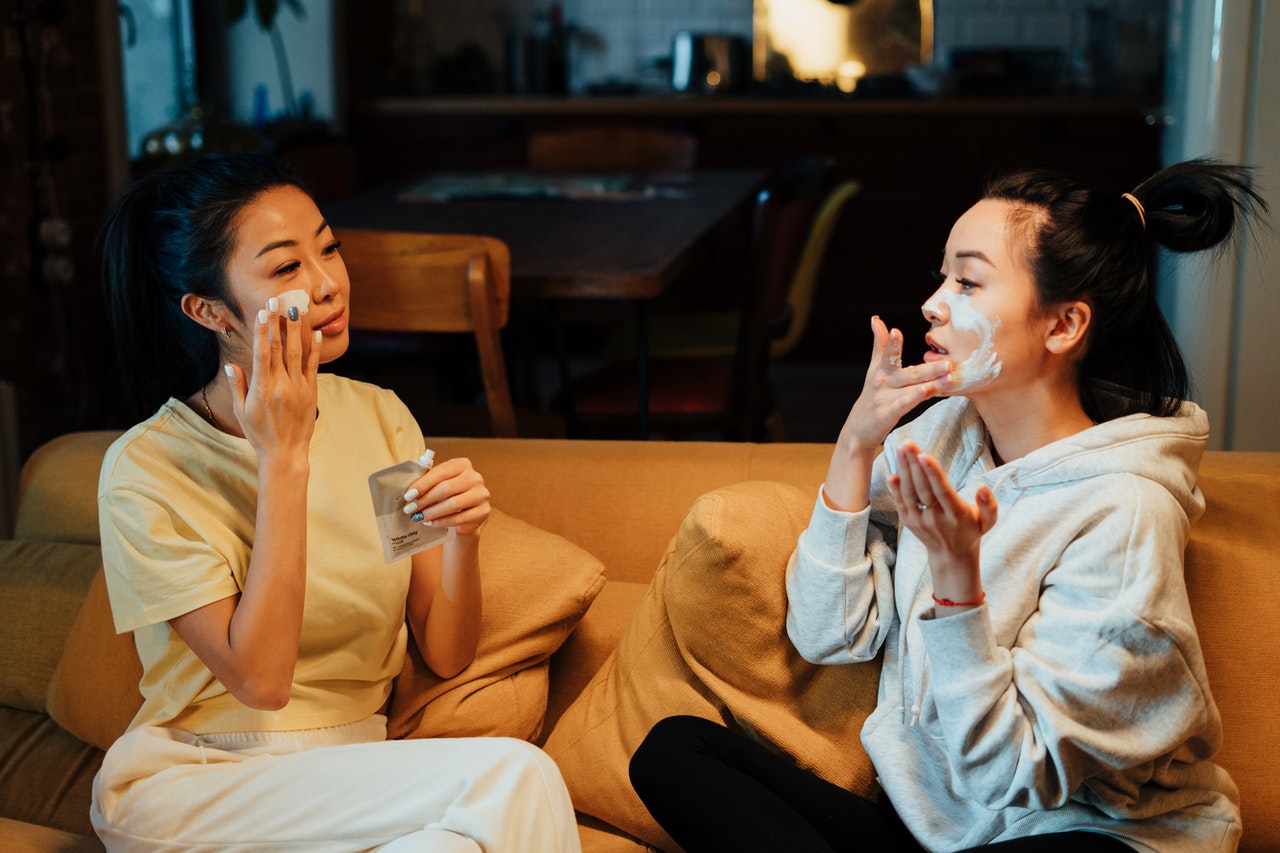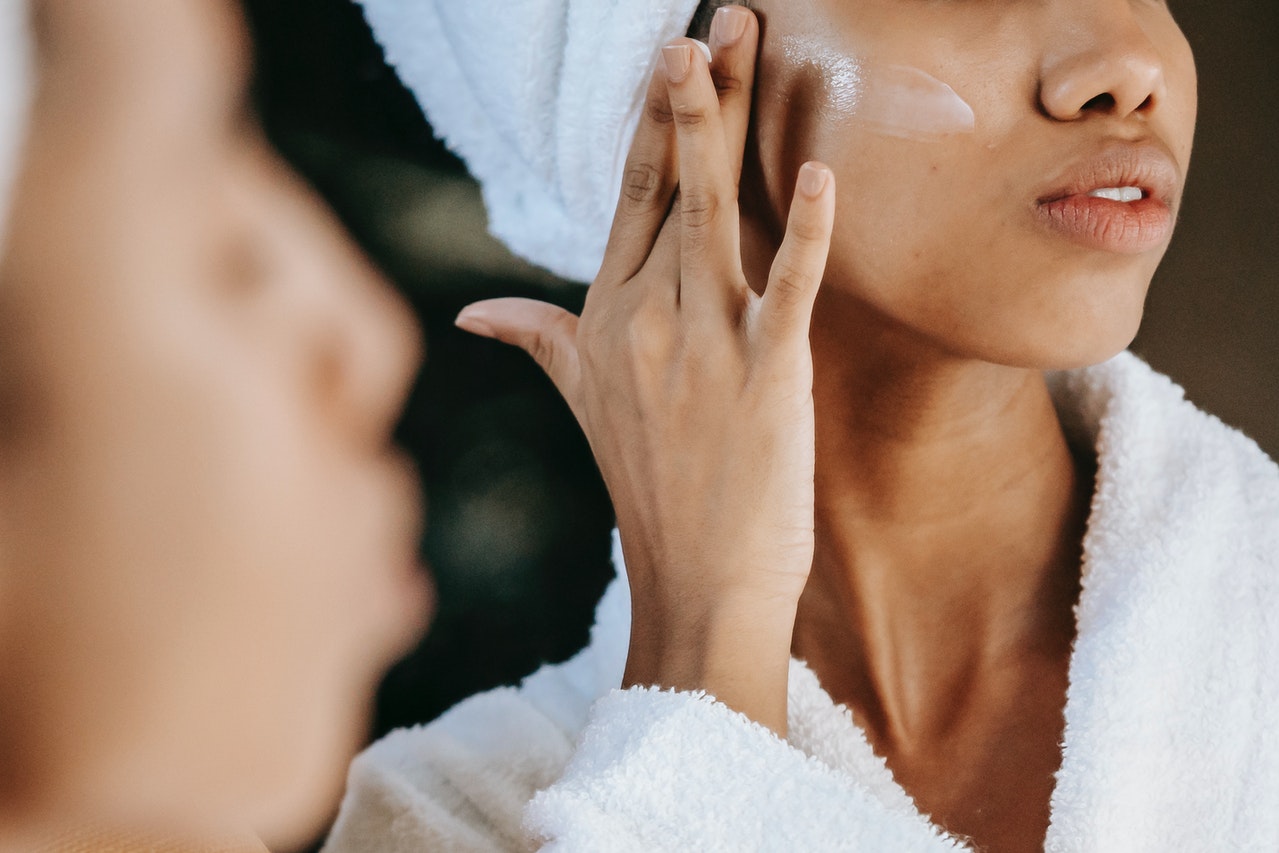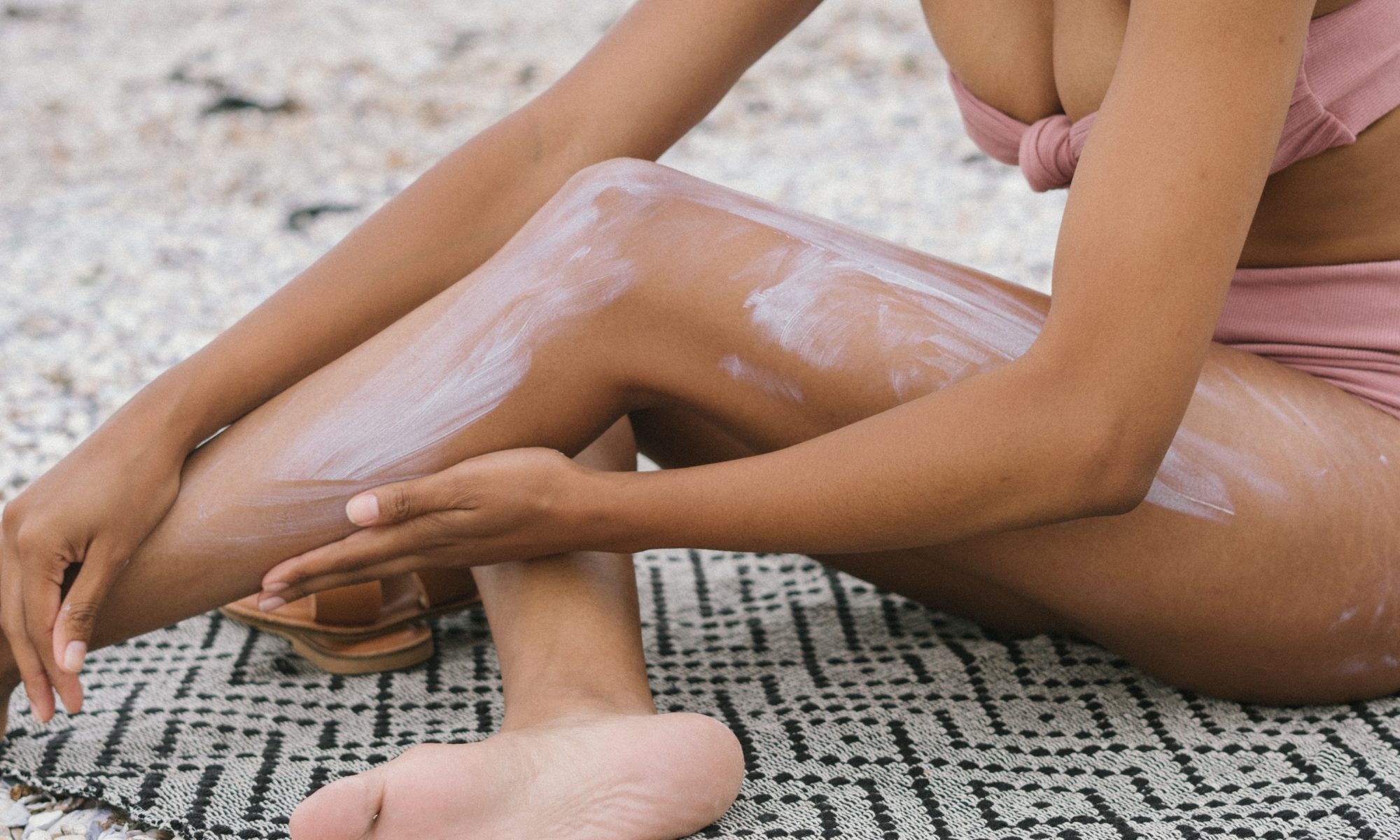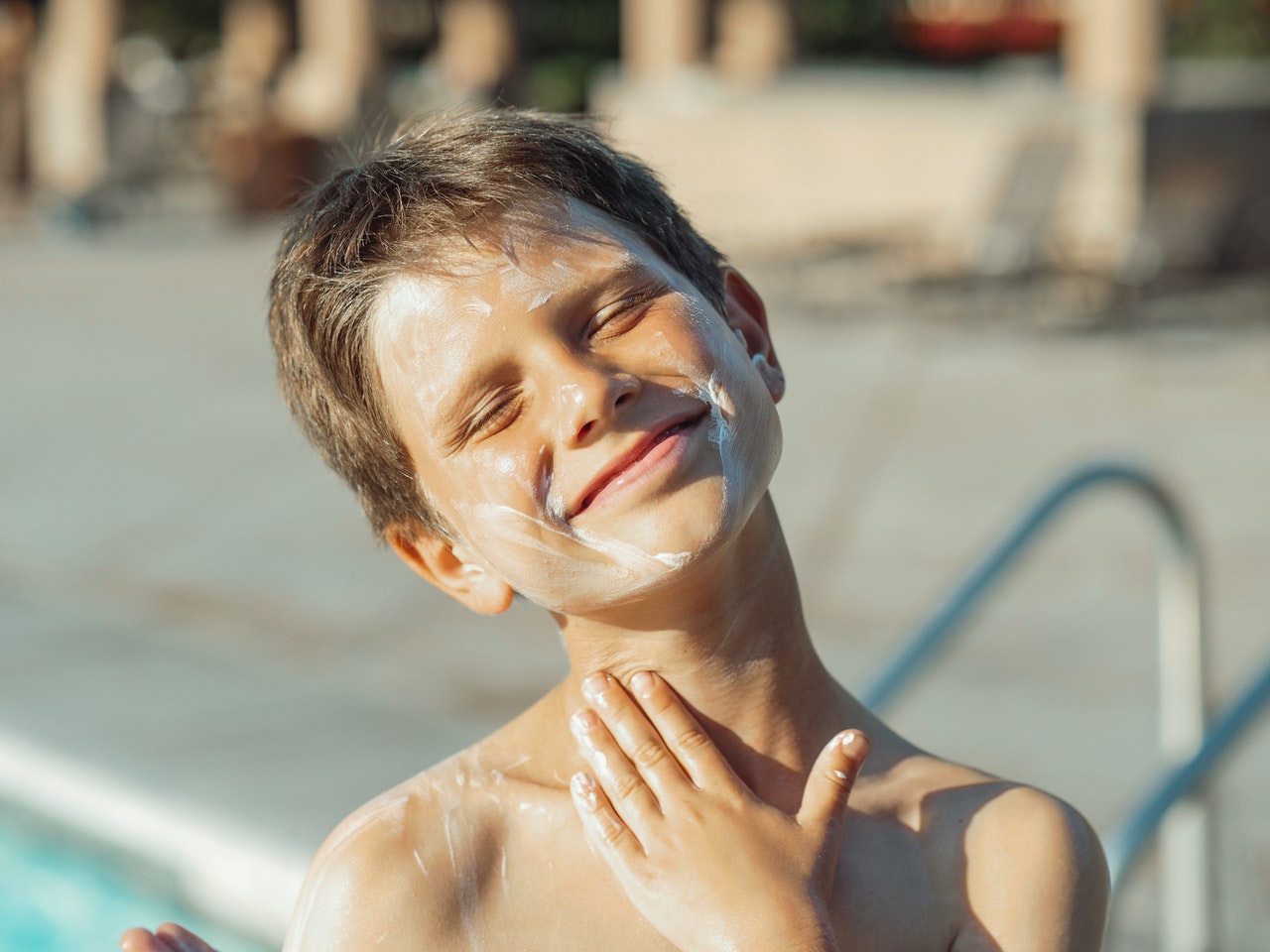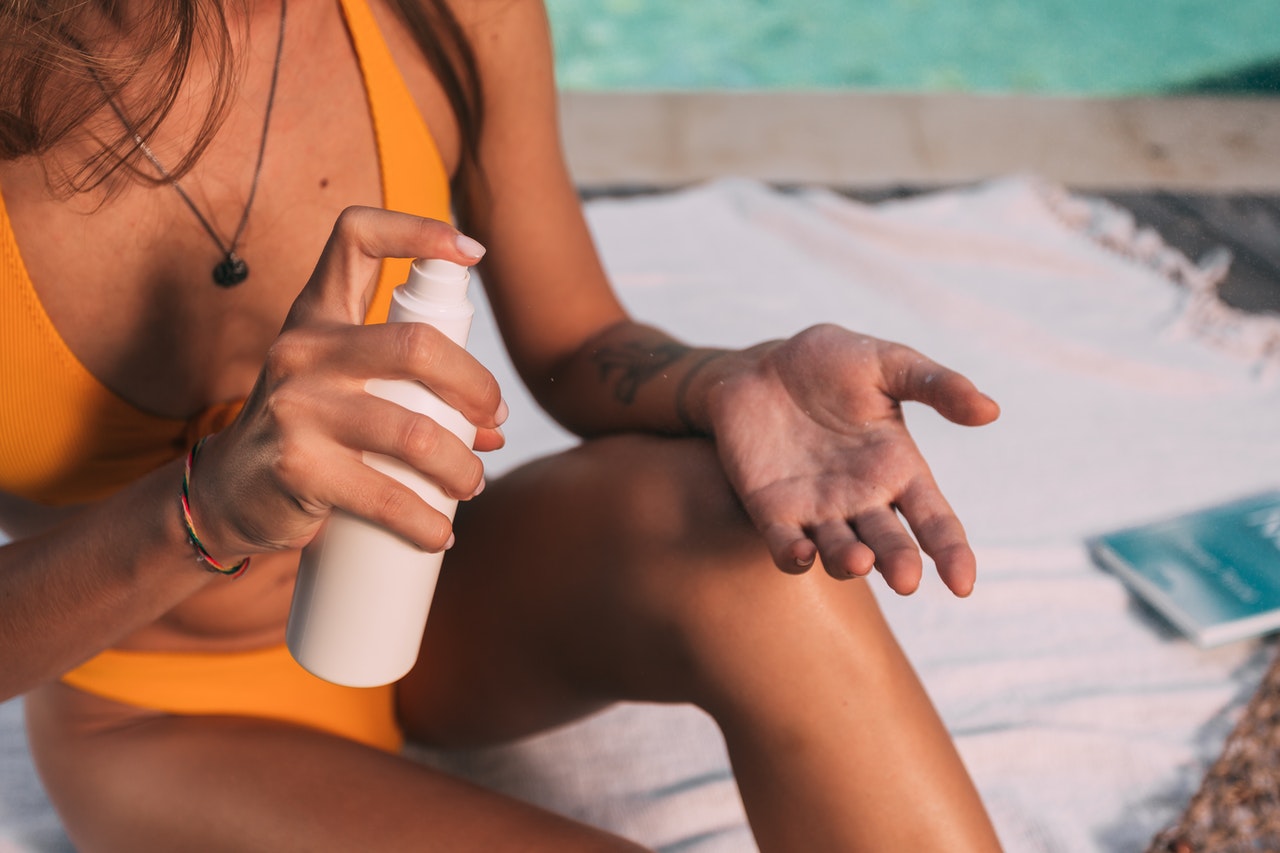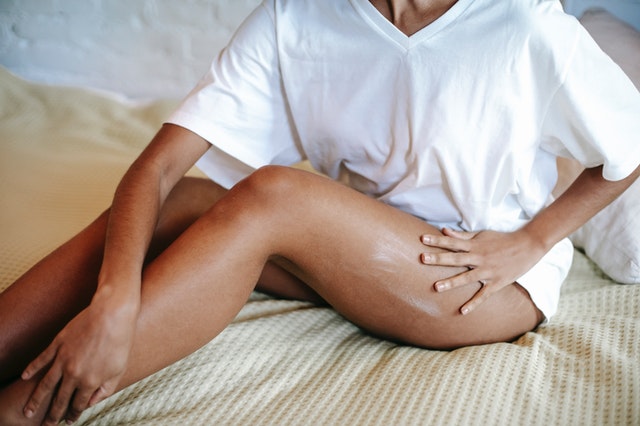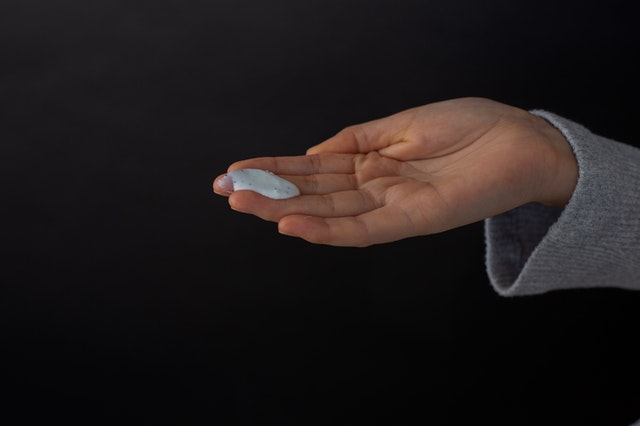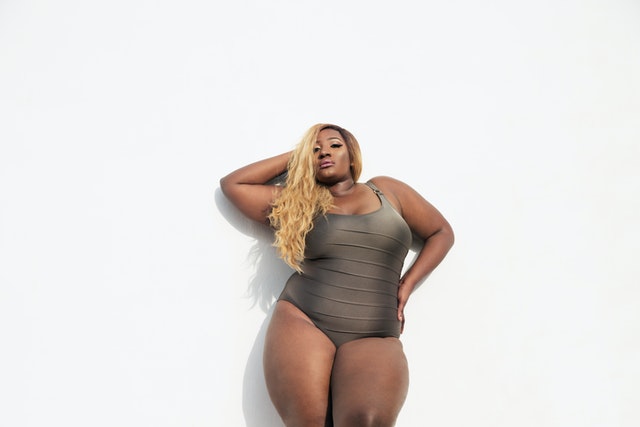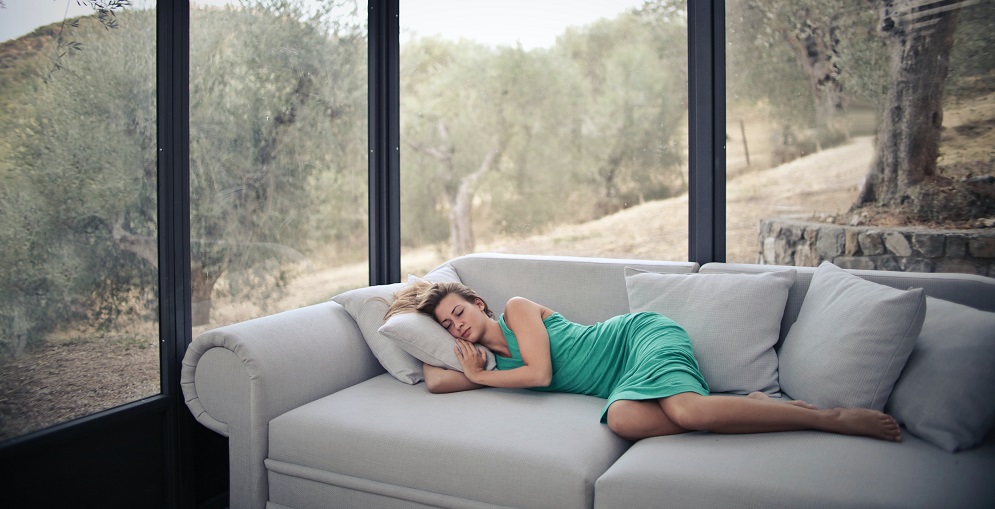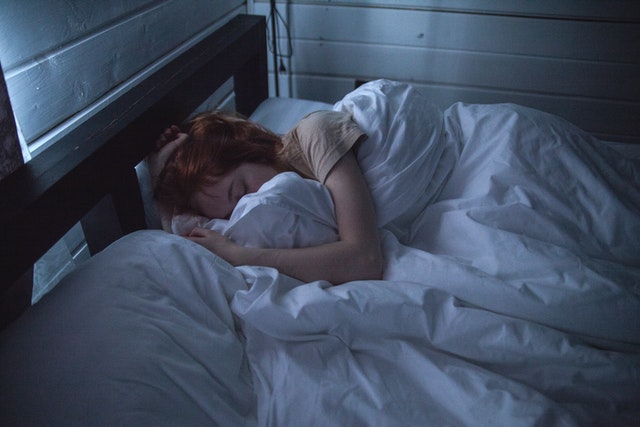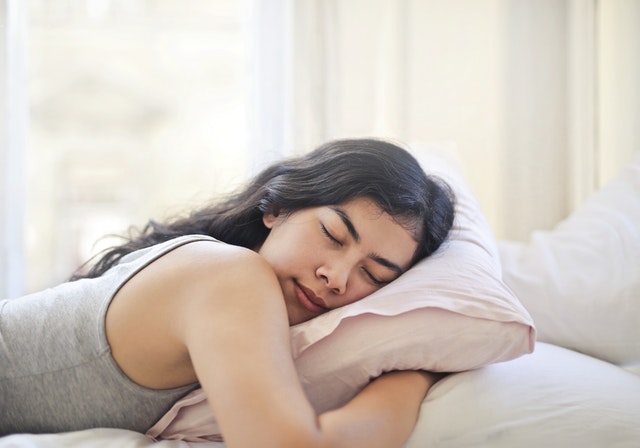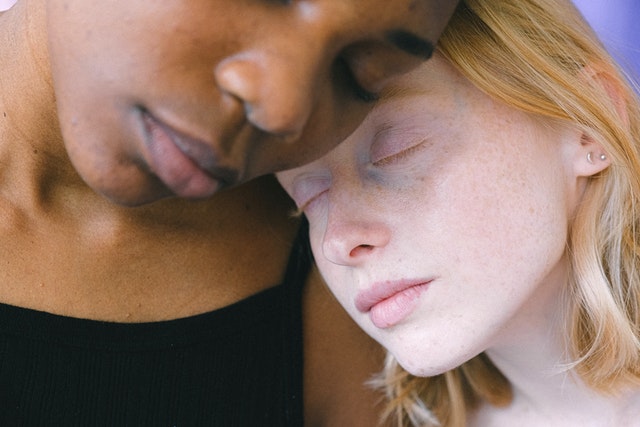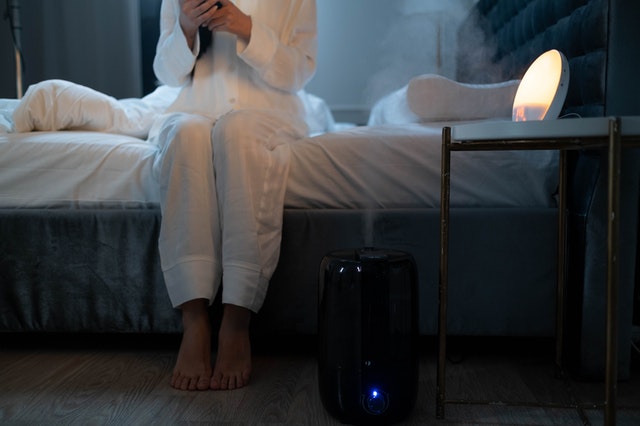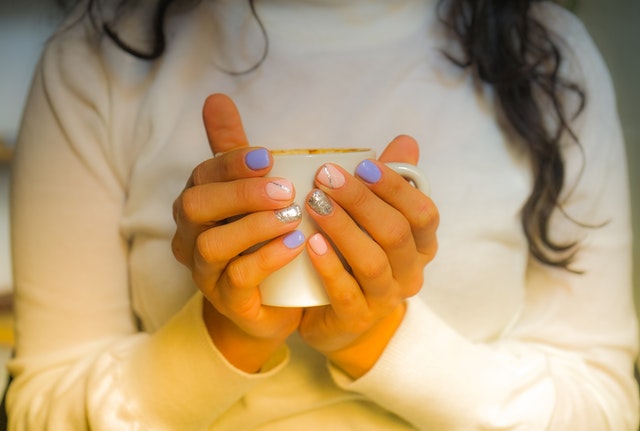Sunscreen is an essential part of protecting your skin and keeping it healthy. It shouldn’t be something you only use during summer months or beach vacations, but it’s not always easy to remember to apply it. That’s why many families end up with a bottle of sunscreen that’s still half full when it expires. So is expired sunscreen bad for you?
You Shouldn’t Use Expired Sunscreen
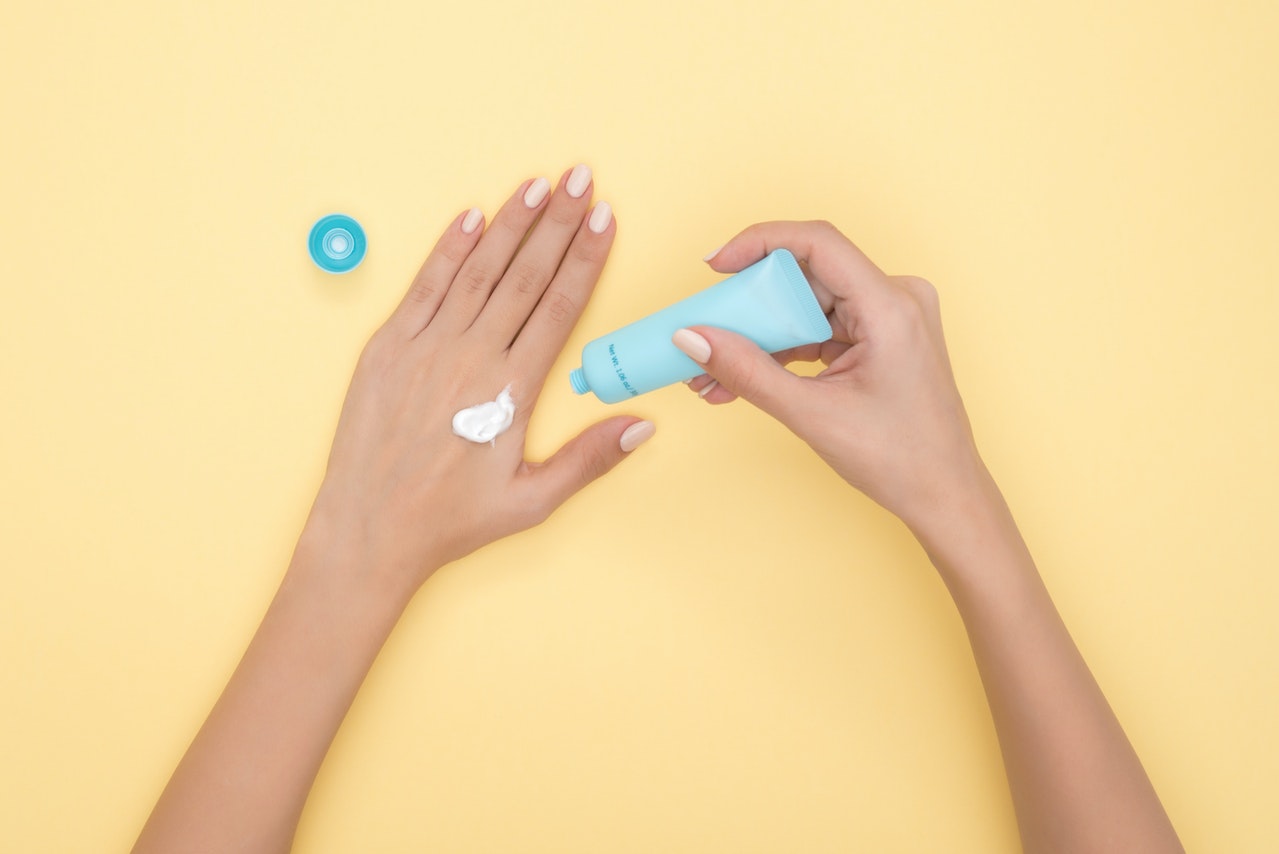
The quick answer is that you should never use sunscreen past the expiration date. Dermatologists universally agree on that. If you’ve had the same bottle for over three years, it’s officially time to replace it.
The fact that you’re interested in wearing sunscreen more often is a good thing. Get set up for success by checking the date on sunscreen in the house and tossing any expired ones.
Sun Protection That Doesn’t Work
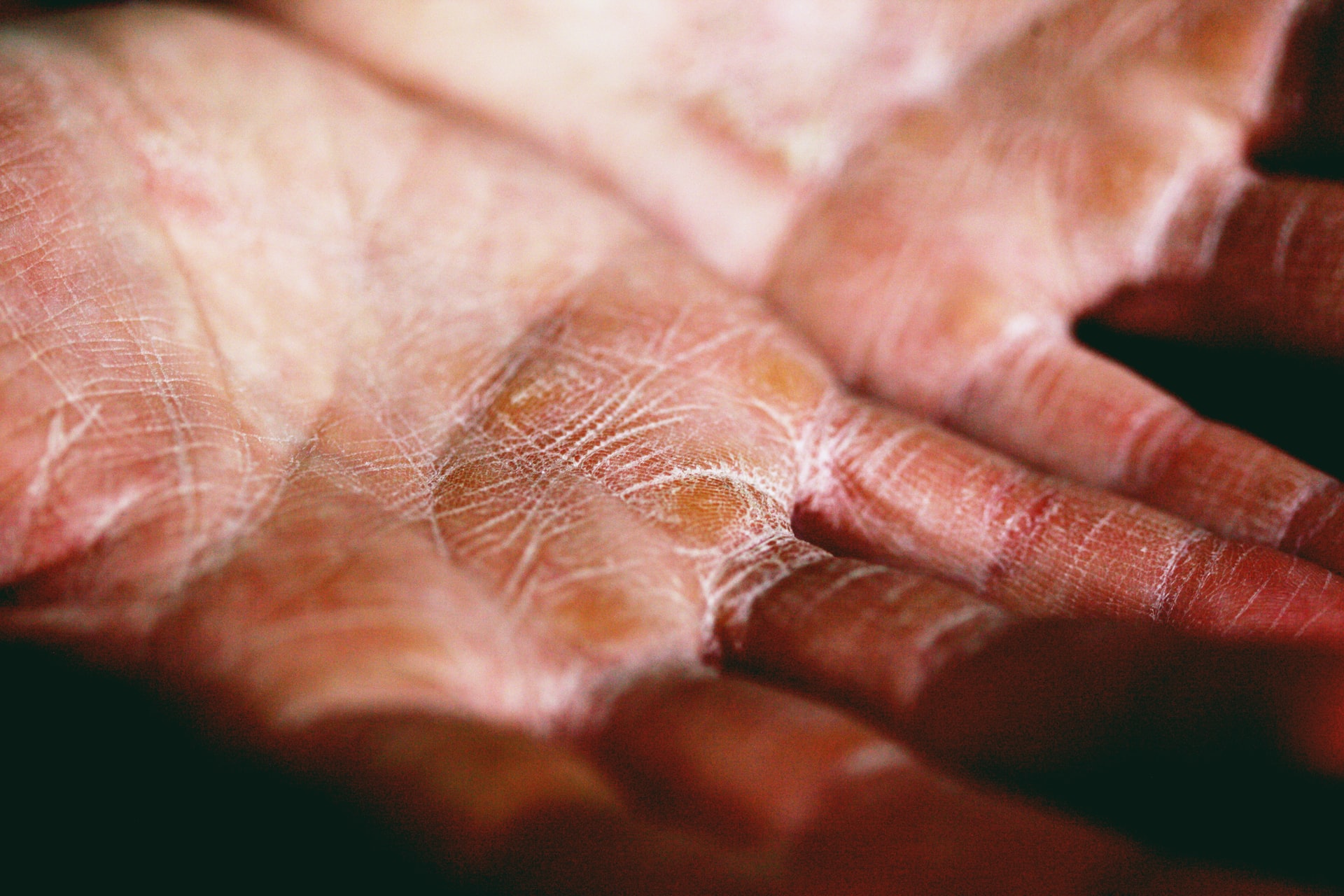
The first reason to skip expired sunscreen is that old products lose their effectiveness. After several years, key ingredients stop working the way they should, so they don’t reflect sunlight properly or provide the necessary coverage. All types of sunscreen have this problem, both chemical and mineral versions.
Without a generous layer of high-quality sunscreen, your skin is vulnerable to many types of damage:
- Greater risk of skin cancer
- Faster aging
- More wrinkles
- Drier and thicker skin
- Less skin elasticity
Using expired sunscreen would be like having a home security system but leaving the front door open all night. It doesn’t do the one job it’s supposed to: keep skin safe from damaging ultraviolet rays. Frankly, your skin deserves better than that.
Problems With Bacteria and Rashes
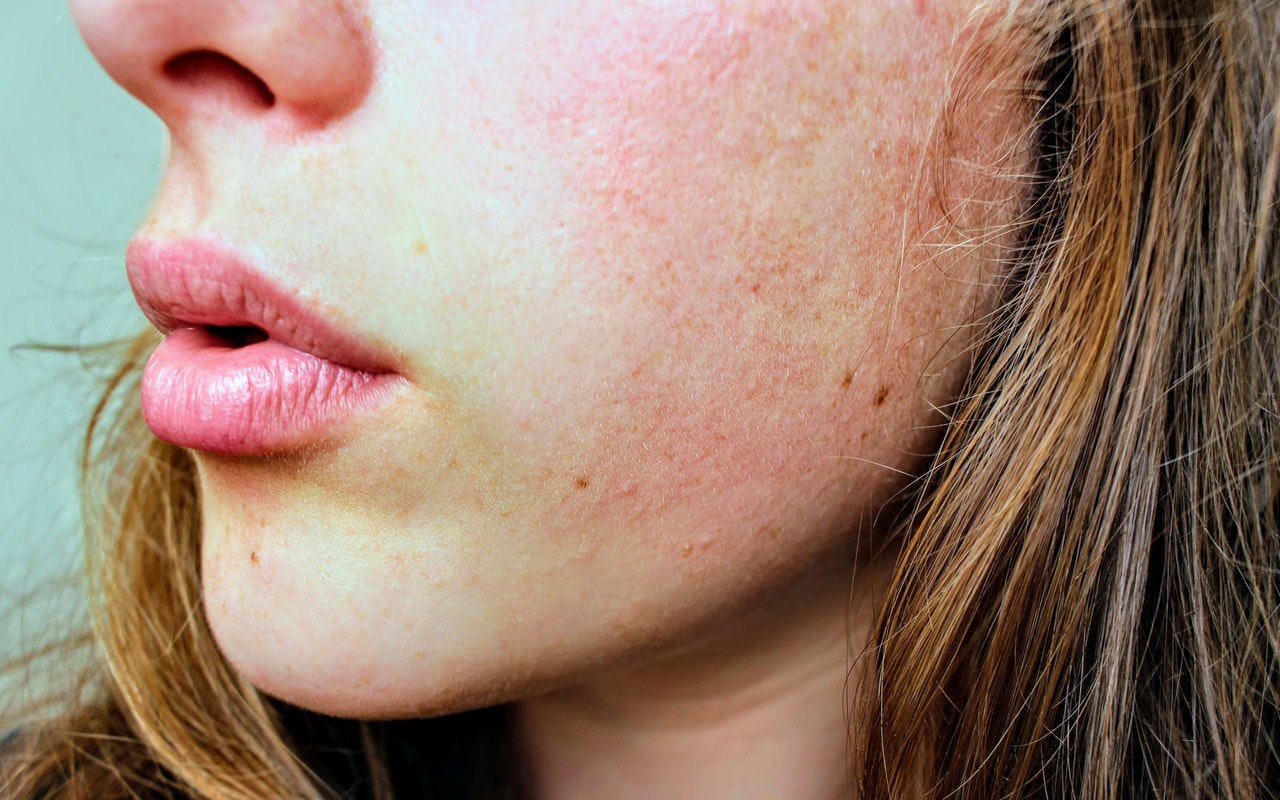
Another reason to avoid using sunscreen that’s past its expiration date is that it can cause breakouts, even if your skin isn’t normally sensitive. As the ingredients separate, they can even lead to allergic reactions.
One reason for irritation is germs inside the bottle. After years of beach trips and sweaty hands, sunscreen can end up with a bacteria problem. You can tell when this happens because the sunscreen will start to smell funny.
Signs Your Sunscreen Isn’t Working
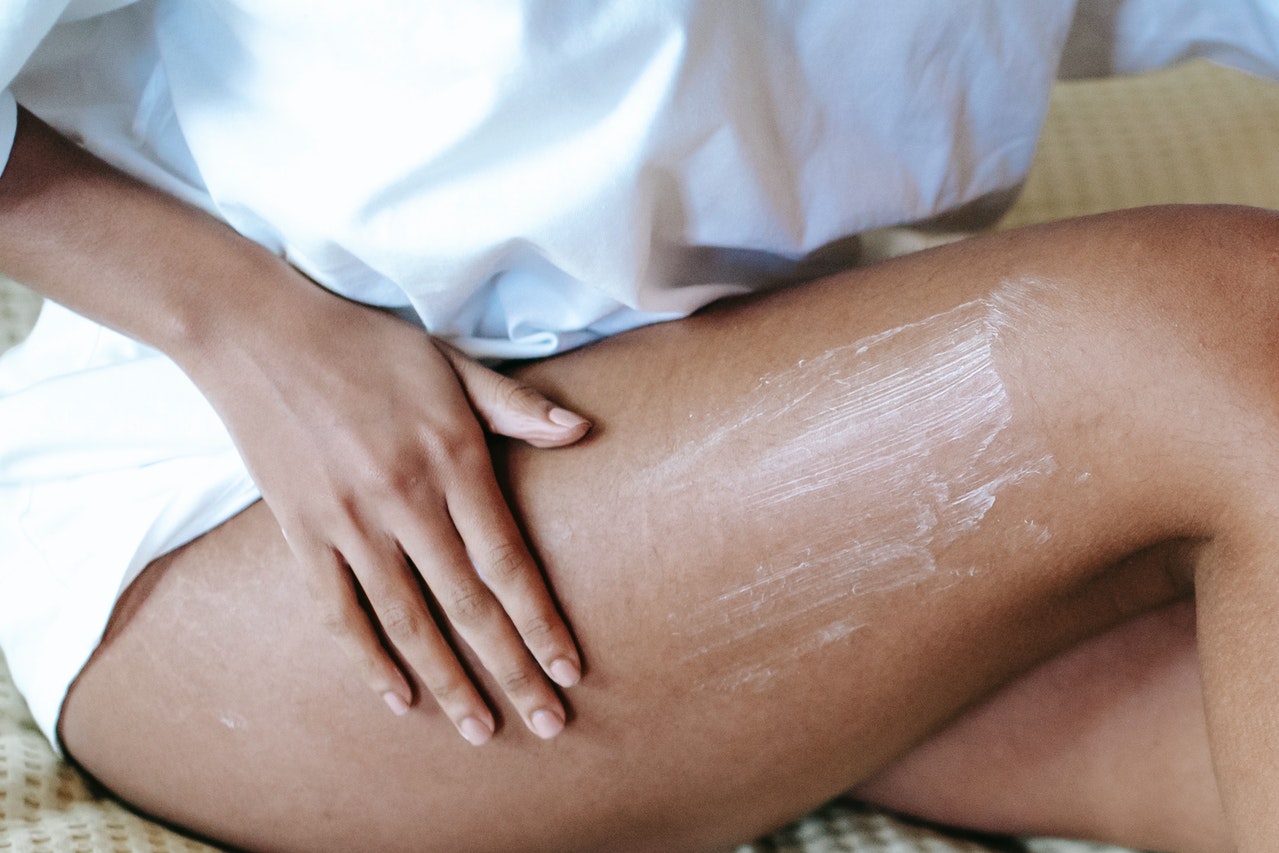
Besides the expiration date on the bottle, there are other reasons why sunscreen can stop working. For example, leaving the bottle in direct sunlight for too long can ruin it, which means the SPF rating isn’t accurate anymore. Here are several signs that can mean something is wrong with your sunscreen:
- Clumps
- Sandy texture
- Weird smells
- Watery consistency
- Separated ingredients
- Different color (e.g. yellow instead of white)
To keep this from happening to a new bottle of sunscreen, store it at room temperature, not too hot or too cold. At the beach, wrap it in a small towel or keep it in the shade. Don’t leave sunscreen in your car’s storage compartment and expect it to last.
The Right Amount of Sunscreen
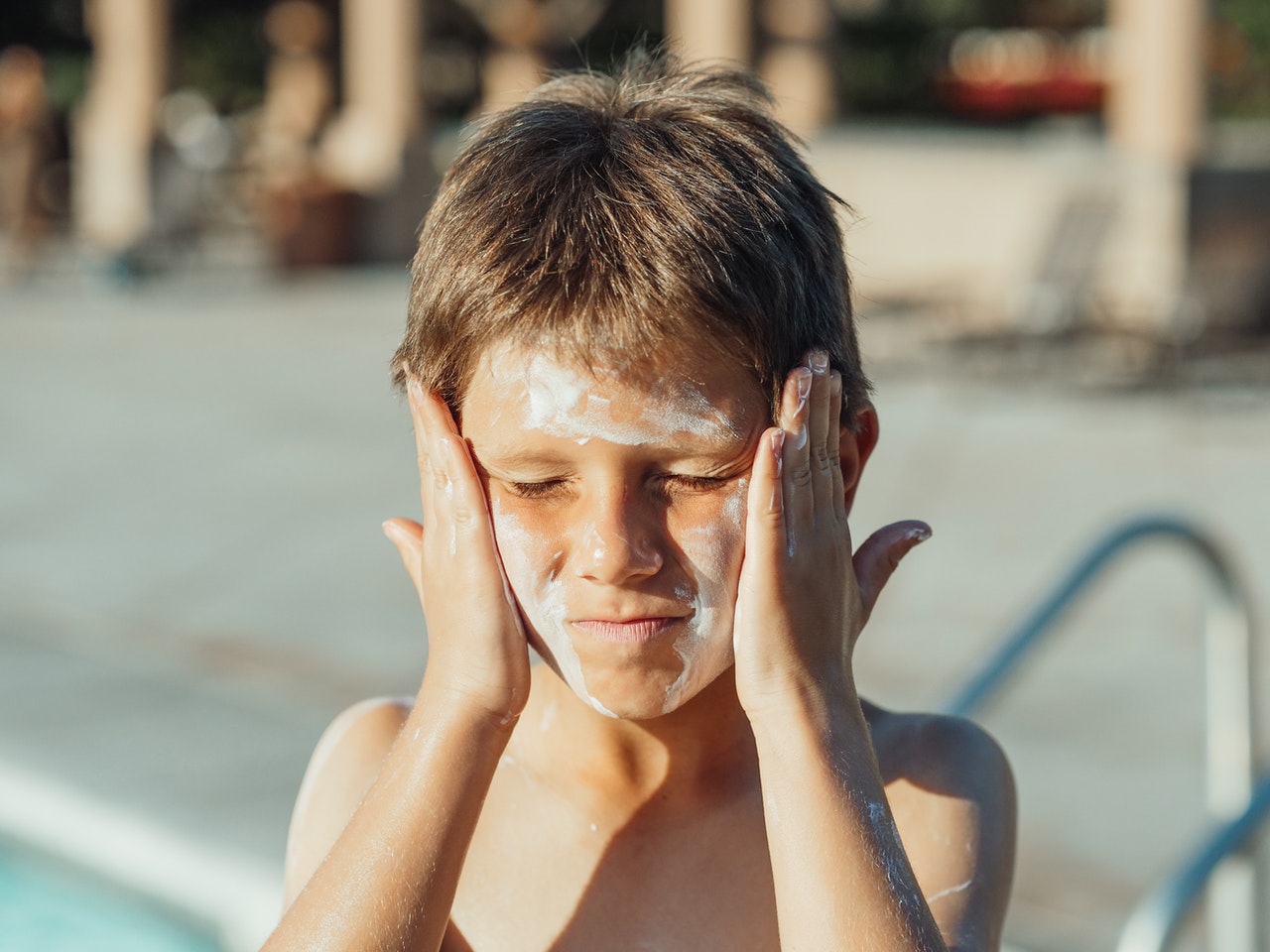
If you’re running into the problem of expired sunscreen, it probably means your family isn’t using enough. According to the Mayo Clinic, the right amount to use (per person) for liberal application is one ounce each time. That’s the size of a shot glass.
One ounce is the amount needed to cover your arms, hands, neck, ears and face. You should apply a generous layer every time you leave the house, even on cloudy days. A 50-ounce bottle of sunscreen should only last 1 1/2–2 months if you’re doing things right.


